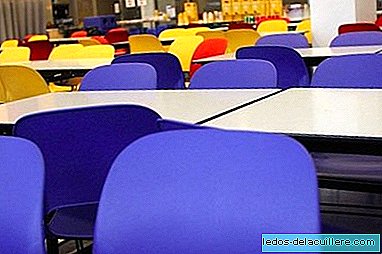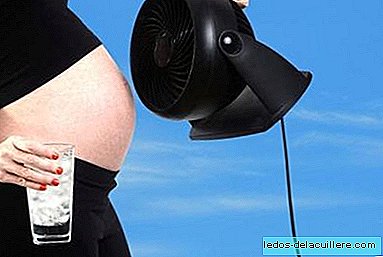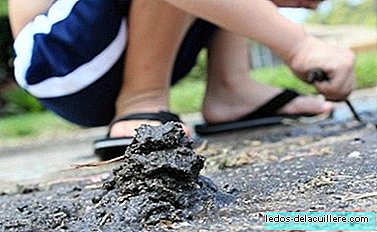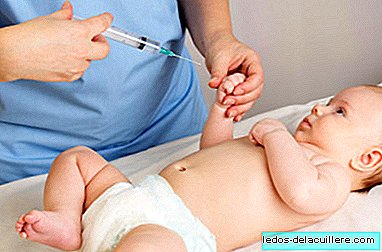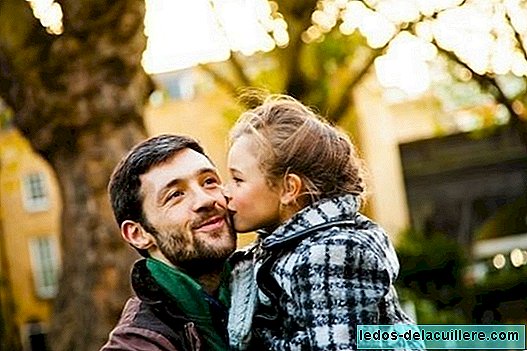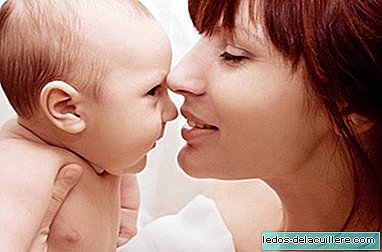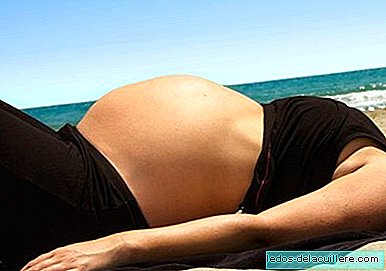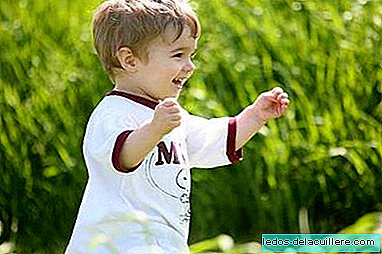
After several days explaining the different items that we should assess in babies and children up to two years old to detect possible delays in psychomotor development Today we will talk about the remaining screening, with which older children can be valued.
To carry out this evaluation, the Haizea-Llevant Table is used as we have been explaining in previous entries.
Exploration of the area of sociability
• Controls day sphincters ** (30; 36; 42) Exploration (E): Ask the mother if during the day she asks to go to the WC. Positive response (RP): If the child asks for it verbally, with mimicry or with gestures.
Language area exploration
• Say your first name and first name * (30; 36; 48) E: You are asked to tell us your name. RP: If you tell us your name and surname (it is logical that to be able to say it, someone must have taught it).
• Construct sentences using verbs * (36; 42; 48) E: Ask the mother if she makes three-word phrases, using a verb. RP: If the mother responds that the child does make sentences with a verb in the style of "car is there", accepting deformed words ("touch there").
Exploration area exploration
• Imitates a vertical stroke * (25; 30; 38) M: Paper and pencil. E: The examiner demonstrates by making a line. The child is then asked to make one. RP: It is enough if you make an isolated stroke, regardless of the address.
• It is able to fit pieces of different shapes * (30; 36; 42) M: Triangle, circle and square shaped figures to fit a drawing with the same shapes. E: The child is asked to place all three pieces well after a demonstration. Three attempts can be allowed. RP: If after three attempts you place the three pieces well. If the pieces are incorrectly placed, the child can be helped to fit the angles.
• Copy a circle * (32; 35; 38) M: Paper and pencil. E: The examiner makes a circle in front of the child and asks him to make an equal one. The child can try it three times. RP: If you can perform a rotation movement. It does not need to be closed although it must be more or less round or elliptical.
• Plays a bridge * (32; 38; 44) M: Three cubes. E: Make a bridge with three cubes, with one hand, so that the child sees the procedure. He is taught how a pencil can pass through the light of the bridge and is told that it is a train. The bridge is broken and the child is asked to do so. RP: If you do it by leaving an open space between the two blocks of the base, even if they are irregularly placed.
Postural area exploration
• You can bring a glass of water without spilling it * (30; 48) M: Plastic or metal cup (made of hard material). E: The child is given the glass almost full of water and is asked to take it to his mother, at a distance of about 7 or 8 steps. You can also ask the mother if she does. RP: If you bring the glass with one or two hands and do not drop more than one or two drops.
• Holds on one foot * (31; 37; 42) E: Demonstrate several times with each foot and encourage him to do so. RP: Must be able to keep for a short while in balance on one leg while the other is raised or bent without supporting it anywhere.
• Walk on heels * (36; 48) E: Ask the child to walk 6 or 7 steps on the heels. RP: Yes it does.
And with all this we finalize the explanations of the actions that are valued to detect possible delays in the psychomotor development of children.
In addition to all of them there are a series of warning signs that, if they occur at any time during childhood, will be, on their own, reason for assessment by a specialist. We will talk about them next day.
Photos | Flickr (juhansonin), Flickr (Alejandra Mavroski) On Babies and more | How delays in children's psychomotor development are detected (I), How delays in children's psychomotor development are detected (II): Haizea-Llevant Table, Psychomotor development


